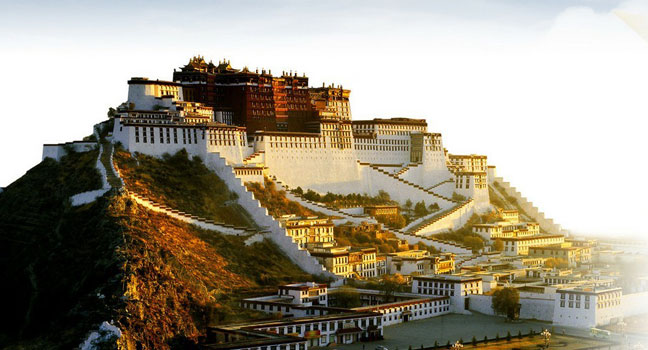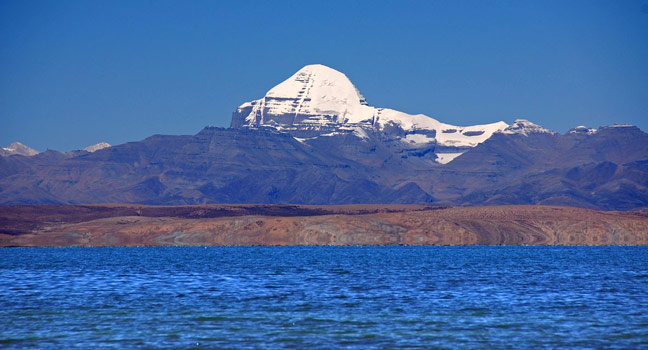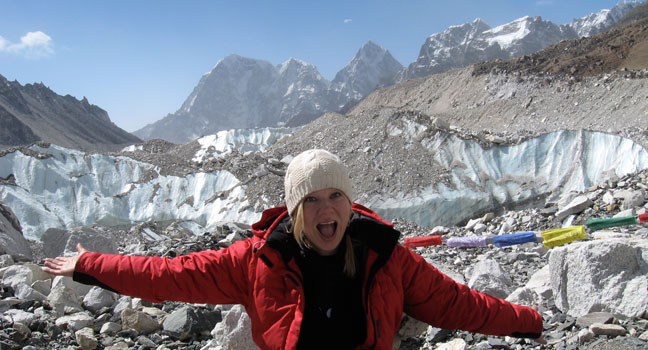Different Colours to Describe Top 3 Must-see Destinations of Tibet
What colour is Tibet? I would like to use the different colours to describe the top three must-see destinations of Tibet: Lhasa, Everest Base Camp and Mt. Kailash.
Gold Lhasa
The chief goal of travelers is Lhasa itself, the spiritual heart of Tibet. Despite rampant modernisation and expansion, Lhasa (the place of the Gods) is still a city of wonders.
Your first view of the red and white Potala Palace soaring above the holy city will raise the goosebumps, while the whitewashed old Tibetan quarter to the east countries to preserve the flavour of traditional Tibetan life.
It is here in the Jokhang, an otherworldly mix of flickering butter lamps, wafting incense and prostrating pilgrims, and the encircling Barkhor pilgrim circuit that most visitors first fall in love with Tibet.
These days the booming boulevards of the modern Chinese city dwarf the winding alleyways of the whitewashed Tibetan quarter but it is in the latter that you should focus your time. Hired transport is not required in Lhasa and most guides will let you explore the city by yourself.
If possible, budget a week to acclimatise, see the sights and explore the backstreets before heading off on an overland adventure.
The best time to see the gold colour of Lhasa is the autumn (September & October).
Blue Mt.Kailash
Going to western Tibet and not completing a kora around Mt.Kailash (Kang Rinpoche, or Precious Jewel of Snow, in Tibetan) would be like visiting a great capital and stopping short outside its most famous treasure.
Mt.Kailash dominates the region with the sheer awesomeness of its four-sided summit, just as it dominates the mythology of a billion people.
The mountain has been a lodestome to pilgrimes and adventurous travelers for centuries but until recently very few had set their eyes on it. With road conditions improving every year, this is fast changing.
Large numbers of Indian pilgrims visit the mountain between June and August and you can expect visitor numbers to increase dramatically now that flights are operating to Ali, just a few hours’ drive away.
Any reasonably fit and acclimatised person should be able to complete the three day walk, but come prepared with warm and waterproof clothing and equipment.
White Everest Base Camp
Mount Everest has captivated intrepid men and women since the 1920s. Aside from breathtaking scenery, travelers to the region can experience unique Sherpa culture by visiting monasteries and museums along the way.
Days are filled with walking for the sheer pleasure of it, past colourful prayer wheels and across swing bridges staright out of an Indiana Jones movie, while evenings are rewarded with hot food and conversation with like-minded people around the dining-room fire.
The heady mix of natural beauty, fascinating culture and a personal sense of achievement, as well as warm Tibetan hospitality, makes the Everest Base Camp trek one the world’s most unforgettable.
The best time to trek the Everest Base Camp is from March to May and from September to December.



























